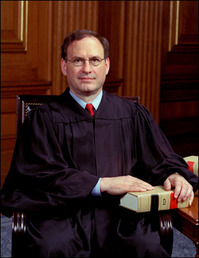Not everyone is enthralled with the remarkable new bridge that Rome has built across the Tiber.
Deacon Eric Stoltz notes:
The Vatican proposal appears to closely follow the old practice of “uniatism,” which is not–or up to this point, was not–considered the proper approach to ecumenism. “Uniatism” is a method despised by the Orthodox, who are wary of Roman control. This new outreach to disaffected Anglicans will no doubt strike the Orthodox as the Catholic Church returning to the uniate model despite decades of assurances we would not. That would certainly cool enthusiasm for Christian Unity among some Orthodox, who rightly maintain that Christian Unity should not mean that patriarchs of Churches will be subjected to the minute regulations of the Roman Curia.
My second concern is that this creates a new body within the Catholic Church to which only “conservatives” need apply. There will be no diversity of thought within the new structure, which will either (a) become calcified and rigid, a museum-piece, or (b) become balanced and vital only after several generations of faithful have grown up within it and can create a more inclusive environment. Of course this new outreach to “conservative” Anglicans may become a new strategy extended to other groups, like the Society of St. Pius X, which will most likely not be required to change anything about their practices, teaching or dismissal of the Council, but merely be given their own little corner of the Church to do what they like, occasionally lobbing bombs into the wider Church.
I’m very interested to see what the Apostolic Constitution actually says. I hope the outreach bears good fruit. I hope it does not set back the cause of true ecumenism, increase rigidity in the Catholic Church or create a sort of Anglican petting zoo where we can see neat Anglican things as curated by “conservative” museum-keepers with a curial imprimatur. I hope my concerns are unfounded.

